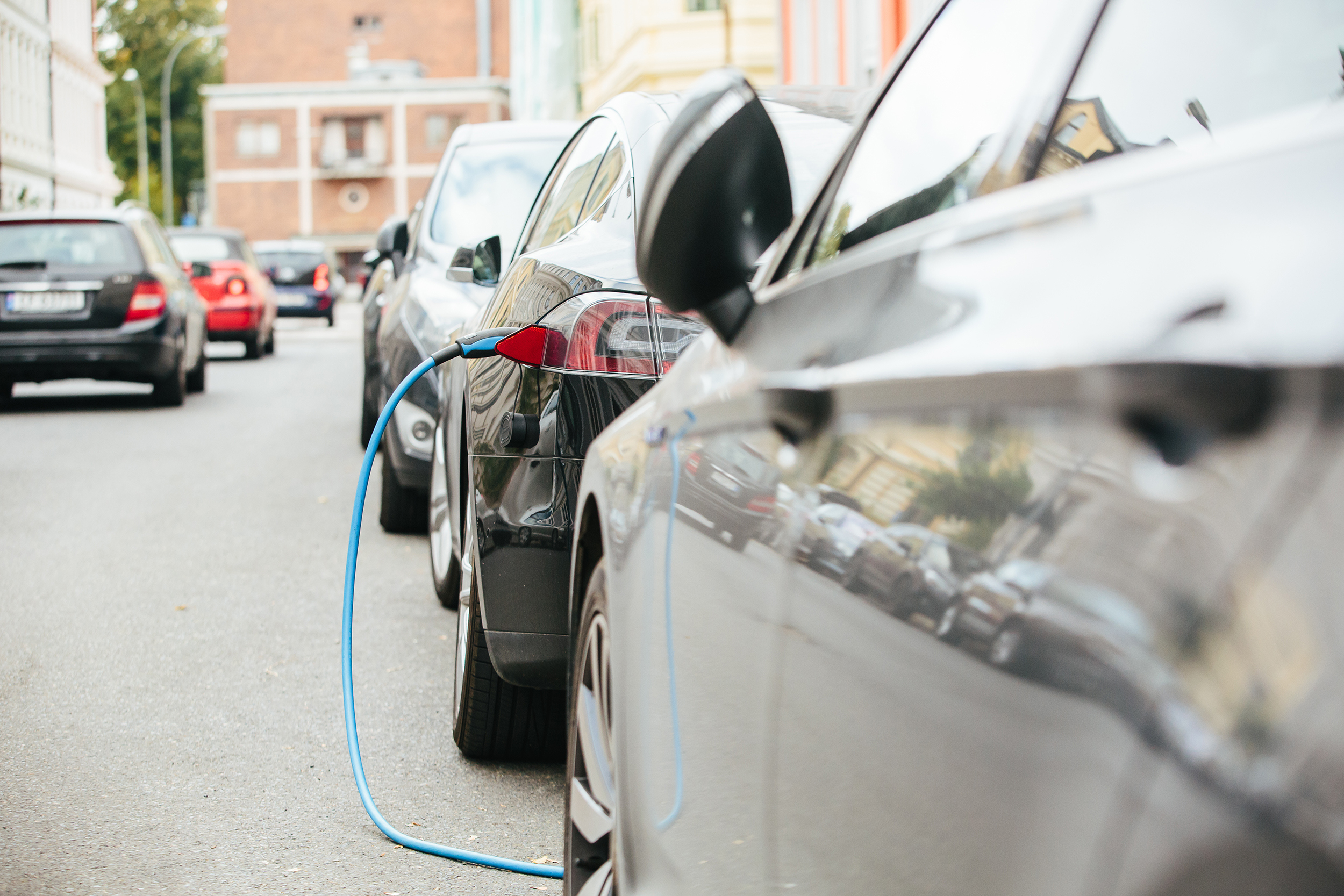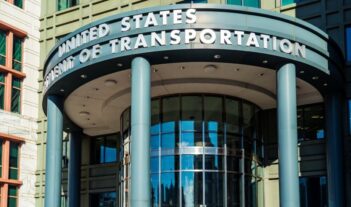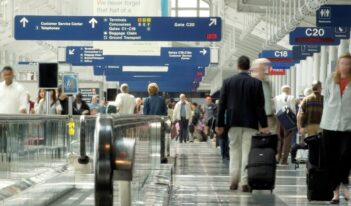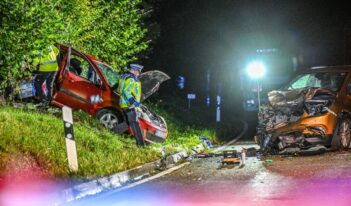
Federal regulators may require electric cars to make more noise.
Most people complain that traffic makes too much noise. Passing cars and trucks can drown out conversation, wake us up at night, and mar the tranquility of nature. But can cars be too quiet?
“Yes, they can,” says the National Highway Traffic Safety Administration (NHTSA). In response to the ever-increasing prevalence of hybrid and electric cars, which run nearly silently compared to petroleum-fueled cars, NHTSA recently issued a final rule requiring hybrid and electric vehicles to make at least a minimum amount of sound.
The new NHTSA standard requires hybrid and electric vehicles to emit sound while the car is on but not moving, in reverse, and in forward motion up to 30 kilometers per hour (about 18 miles per hour). NHTSA will require every car of the same make, model, and model year to emit the same sound, and the sound must vary with the acceleration and deceleration of the car to mimic the way cars normally sound.
In 2015, the most recent year with published data, the U.S. Department of Energy reported that Americans bought over 384,000 hybrid electric vehicles and over 113,000 plug-in electric cars. These numbers are up from 269,000 and 17,731, respectively, in 2011, the first year the Energy Department published data on electric vehicles.
As their name suggests, batteries power electric vehicles, which are charged by plugging the car into an electric power source. Hybrids, such as the popular Toyota Prius, are vehicles powered by a combination of a battery-powered electric motor and an internal combustion engine.
Hybrid and electric vehicles, which run much more quietly than cars powered by only internal combustion engines, injure a disproportionate number of pedestrians. In a 2011 study, U.S. Department of Transportation scientists found that hybrids were 1.66 times more likely than conventional vehicles to be involved in a pedestrian crash at low speeds. The scientists concluded that the difference in sounds produced by the cars likely caused the difference in crash rates. Advocacy groups for the blind argue the lack of sound is particularly dangerous to those who are sight impaired.
Recognizing this risk, Congress passed the Pedestrian Safety Enhancement Act of 2010. The Act requires the Transportation Department—of which NHTSA is a part—to adopt requirements for hybrid and electric cars to signal their presence to blind pedestrians with an automatic alert sound.
In a January 2013 proposed rule, the Transportation Department suggested its “preferred alternative” for the noise-emitting system’s operation. The suggestion set minimum sound levels to ensure pedestrians would be able to detect the vehicles early enough based on a model. This model charted the relationship between the amount of sound necessary for pedestrians to recognize the position, speed, distance, and direction travelled by a car, as well as the amount of time necessary for a driver to see the pedestrian and stop the car. NHTSA’s final rule largely adopted the Transportation Department’s preferred alternative.
NHTSA estimated that the new requirement will eliminate nearly all injuries to pedestrians and cyclists as a result of their being unable to hear hybrid and electric vehicles. In addition, NHTSA predicted that the cost of complying with the regulation for both car companies and consumers will be relatively low. NHTSA further expected that fully equipping the first generation of cars required to have the alert system should not cost more than $40 million. Beyond that, NHTSA quoted the lifetime extra cost of gasoline for cars so equipped as $4.75 per car.
After the rule’s announcement, the sight-impaired community reacted swiftly and positively. In response to the issuance of the regulation, Mark Riccobono, the president of the National Federation of the Blind, said the Federation was “extremely pleased.” Similarly, Eric Bridges, executive director of the American Council of the Blind, said, “This new safety standard moving forward will not just make our streets safer for blind and visually impaired Americans, but also serve as an additional safety cue for all pedestrians.”
Despite this popular reception, the rule has faced several delays. On Inauguration Day in 2017, Reince Priebus, President Trump’s chief-of-staff, ordered agencies like NHTSA to delay the implementation of certain rules until a Trump appointee had the opportunity to review the rule.
As a result, NHTSA rescheduled the rule—originally scheduled to go into effect February 13, 2017—to go into effect on March 21, and then delayed its effective date again until May 22.



